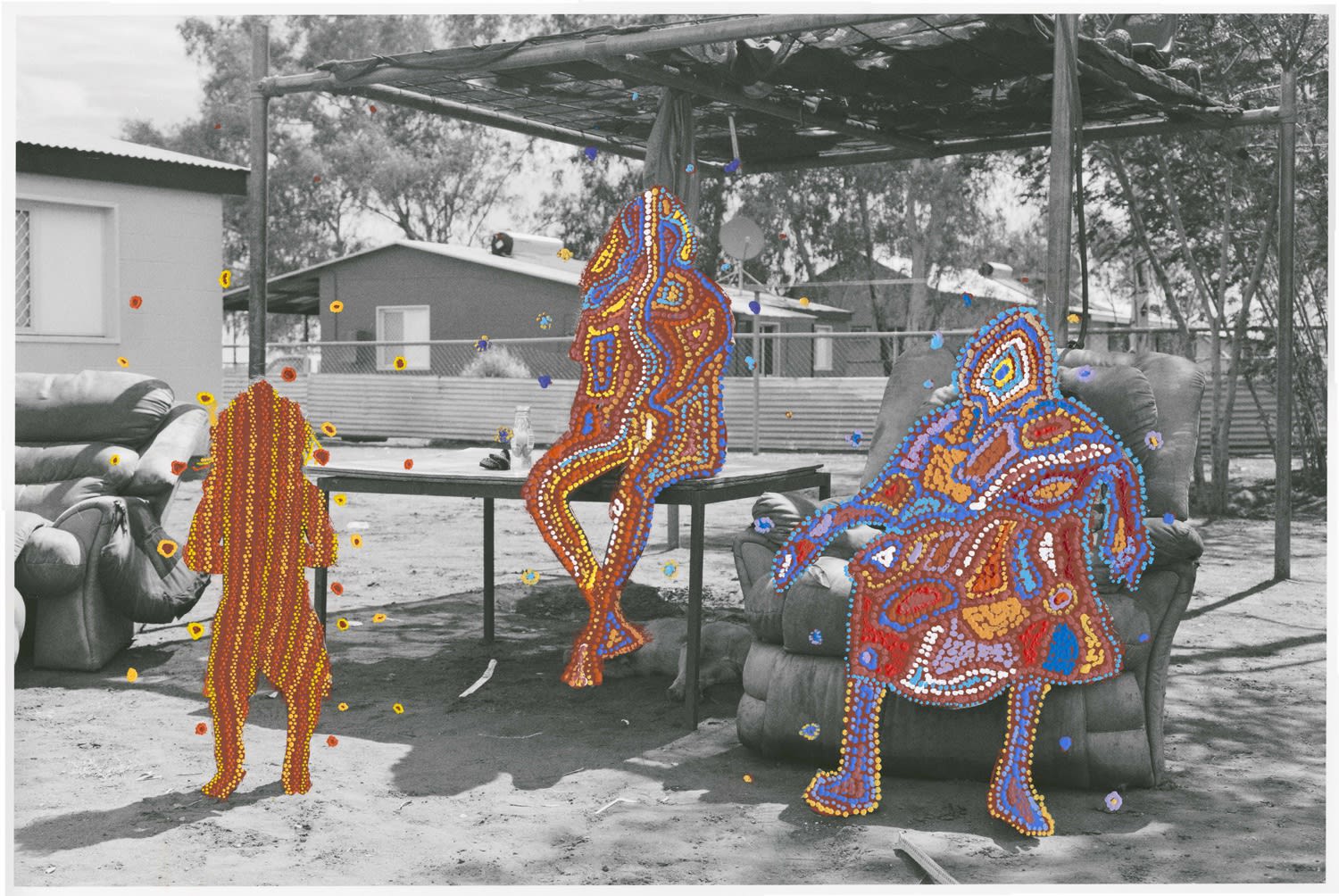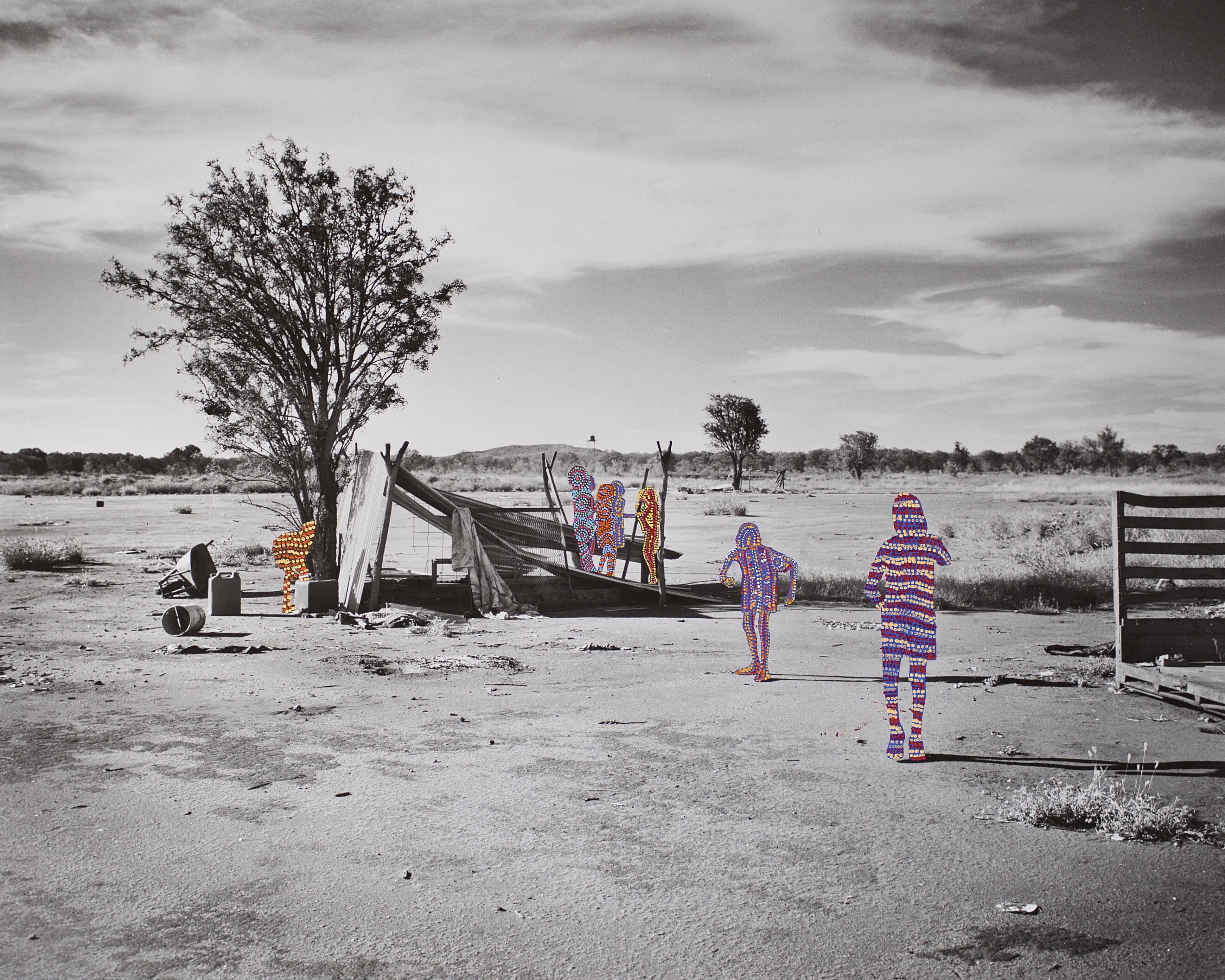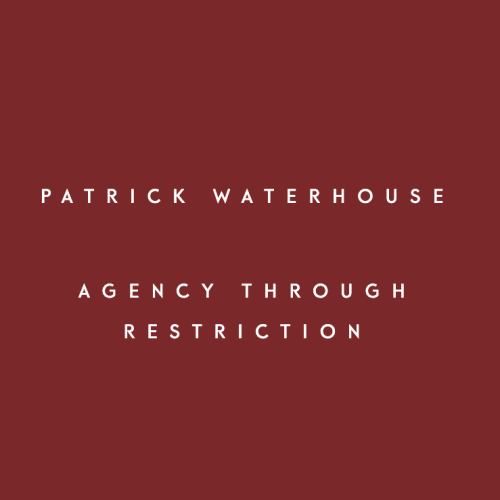When Aboriginal life was first visually documented in Francis J. Gillen and W. Baldwin Spencer’s The Native Tribes of Central Australia, both the authors and wider society were oblivious to the invasion of privacy these images inflicted upon Australia’s Aboriginal communities, infringing on sacred sites and traditions that are revered within these populations. Since then, photography within these communities is limited, and the majority of photographs taken are restricted in order to protect cultural sensitivity and preserve the sanctity of Aboriginal customs.

I was working out of the Warlukurlangu Art Centre, which is one of the longest-running Aboriginal art cooperatives in the Central Desert. It lies at the heart of the community and is open to everybody and works beyond a place where people come to paint; it exists as a social centre in many respects, and I think that model is something the wider art world and institutions could learn from. Though some aspects are unique to it being in an indigenous community, I think there are lessons that we could learn from the centre about how art can exist in a wider social community setting.
Many of the ethnographers and anthropologists working in Central Australia were learning from indigenous communities and disseminating that information in a way that the communities themselves weren’t aware of. The term ‘fieldwork’ came from the work Spencer and Gillen did working with Aboriginal communities in the Western Dessert – work that involved living with communities, learning the language, documenting their rituals and their way of life. In some respects, they were the progressives of their day who managed to step outside the conventions of their time.
However, today we can see the more problematic elements of how their work was used, which involved objectifying and categorizing people. So although their work expanded wider knowledge of Aboriginal culture, it also ended up being used to enforce incredibly troubling racial and cultural stereotypes.

Beyond the artists, there are so many people who make the work possible, more than I can name, who rarely receive the recognition they deserve. They do a huge amount and inspire me greatly. Cecilia Alfonso and Gloria Morales, who manage the Warlukurlangu Art Centre, have created an incredibly inclusive environment for the community and work behind the scenes to make everything happen.
My initial idea was taking pieces of the historical record and adding in missing information and amending these documents with the people whose ancestral land had been colonized. The idea of restricting these images, which is one part of the wider project, came about whilst searching through different libraries in Australia – I kept coming across images and materials that had been restricted by institutions because these images featured sensitive material. This led me to think about applying this method to my own practice, but instead of the institutions restricting the images, I worked directly with the people featured in the images to give them agency over their own representation.


